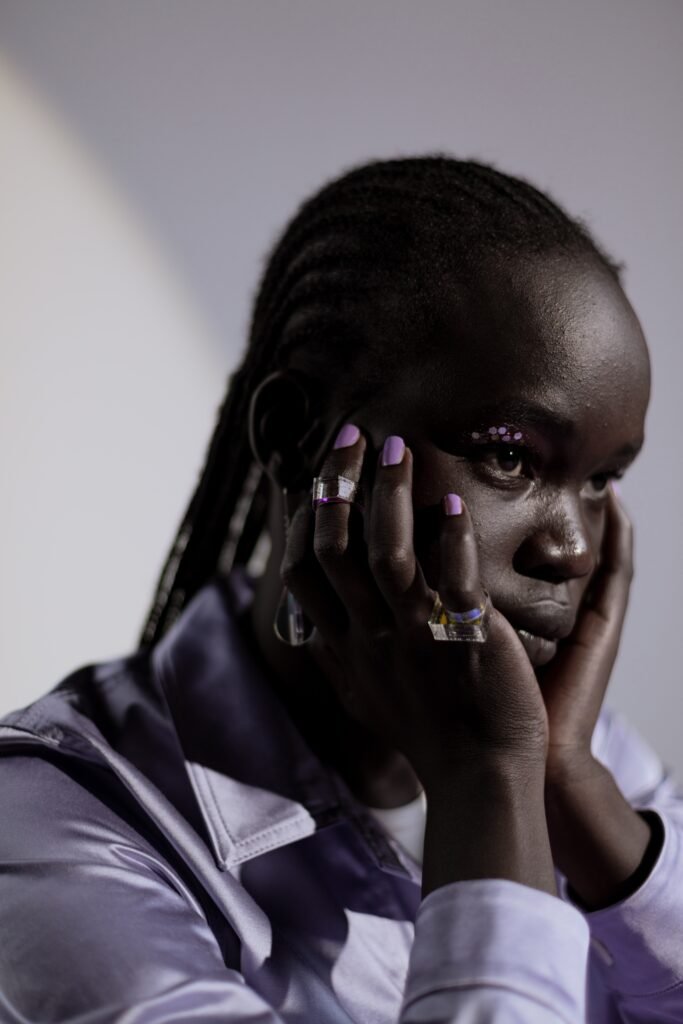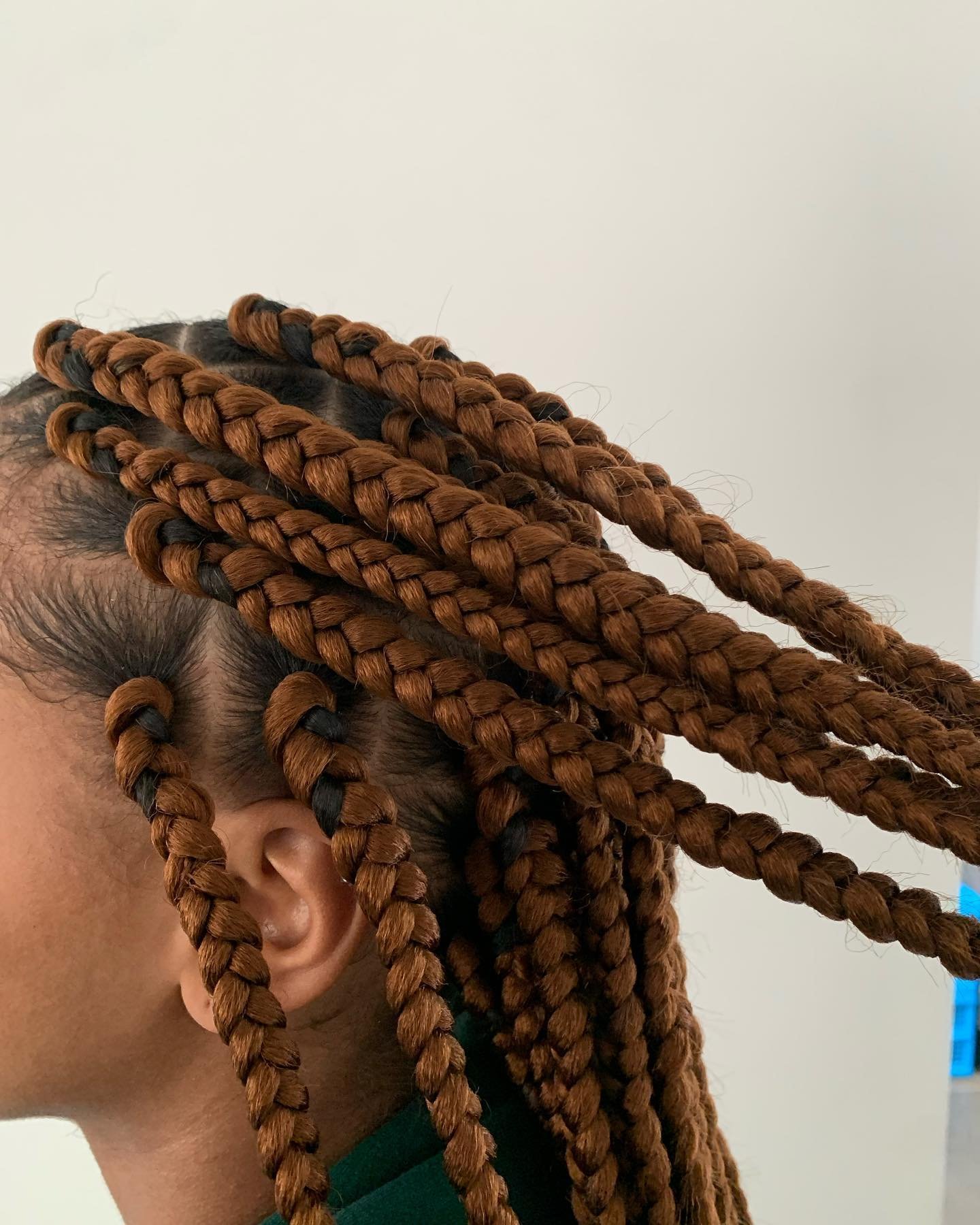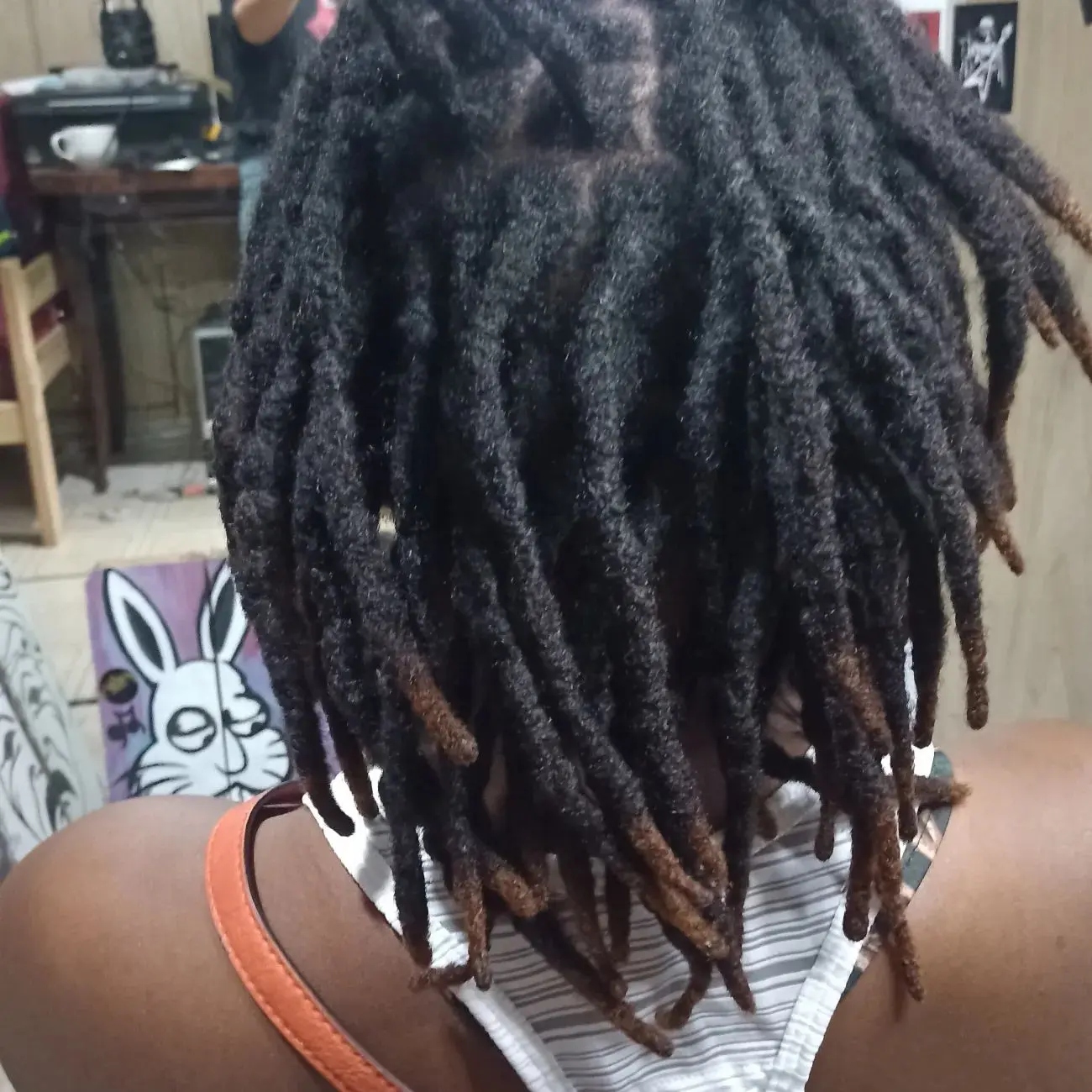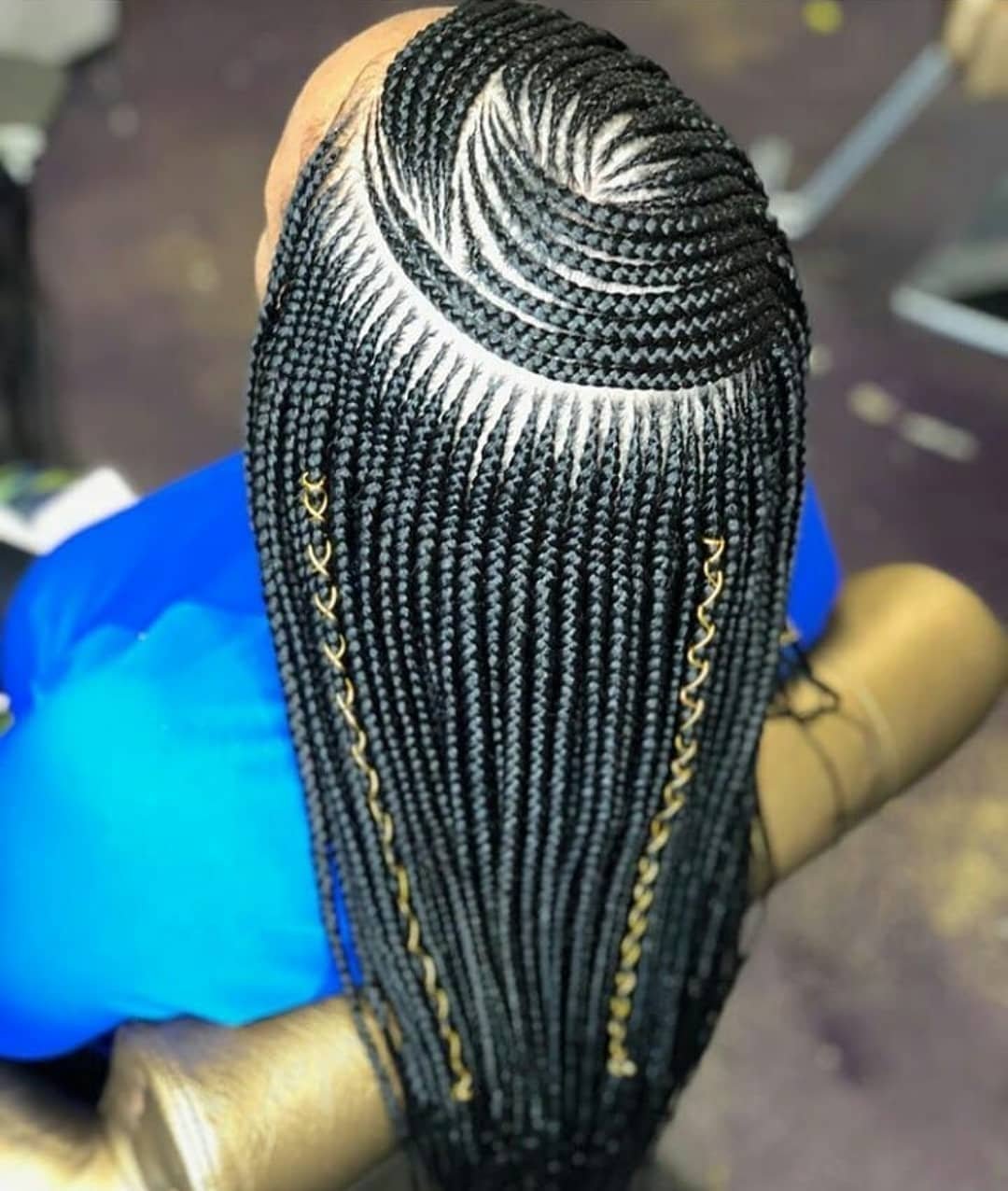African Braids
The Origin of Braids: A Journey Through Time and Culture
Is it cultural appropriation to wear braids? Seems like a question that pops up everywhere with so many answers it honestly seems like a struggle to keep up with it. What would help is, understanding and acknowledging the origin of braids, on which I’ll shed light.
Braids is an evolving world that leaves us to catch up with it. With more trendy and creative hairstyling, it offers a timeless appeal and due to its practicality, it can never be outdated!

By @lumiee_exclusive
The intriguing bit about braids is the richness in culture and how much meaning it holds for the wearer and coupled with the fact that it protects the hair from external environmental factors such as sunlight, weather conditions, and excessive physical manipulation. It also provides a gorgeous visual appeal, especially with the modification of certain braided hairstyles.
The simplest and most common version is a plait, commonly referred to as a three-strand braid where the hairpieces are interwoven in one another. More intricate patterns are created from a wider and more complex range of interlacing strands such as a rope braid, fishtail braid, French braid, Dutch braid, and the list goes on! Braids have always been a thing of beauty but gain steady and rising popularity with the help of the Internet, and the advent of DIY youtube videos.
The History behind Braids
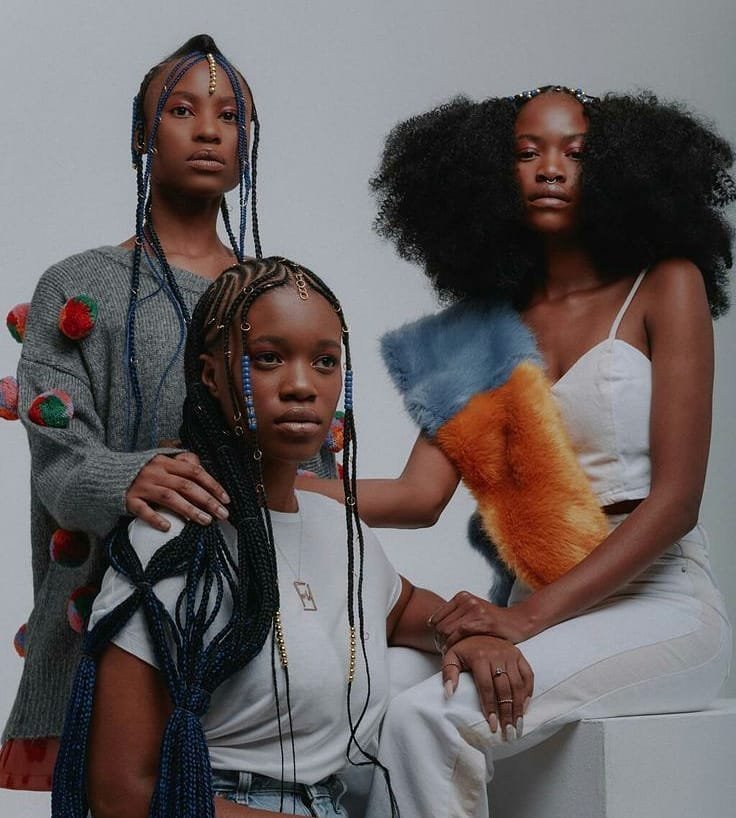
Braids date as far back as 3500 BC and thus, account for the historical legacy attached to them. Which symbolizes ethnicity, societal status, religion, and more! The origin of braids can be traced back 5000 years in African culture and it started with the Himba people of Namibia.
Braiding hair for many tribes was a means of identification and an indication of the status quo, and most of all, an art. Up till date, salons are a means of socialization and a bonding experience for many, this was particularly the way it was with the early braiders made possible by the exceedingly long period braided hairstyles took.
Braids have been depicted in several ethnicities, as well, Egypt, China, the Caribbean, India, Europe, Greece, and Austria, the list is endless! However, why are braids specifically acclaimed to be of African descent when it is evident that it was present in other ethnicities? First, this has inarguably been an age-long debate, braids are a hairstyle peculiar to various ethnicities, taking a case study of the Nordic folks which quite evidently had a historic value for braids.
However, the African descent relied on braids, due to the coarser and thicker hair texture, they have more intricate styles and for a long, have battled with the misconception that the hair doesn’t conform to the typical standard and worked so hard trying to fit in.
This doesn’t exempt the fact that they had been sporting braids for as long as they could remember various and unique forms. In Nigeria, braided styles with names such as Shuku, Patewo, All-back which is a type of cornrows, box braids, Didi – French braid, and other styles were a common and natural way to braid that been done from generation to generation, probably more improved on and with the parting style made neater.

by hair_bymonife
To Africans, braids are much more than a hairstyle, it is a way of life and it holds so many stories and strength! And, braids will never be out of the picture. The advent of lemonade braids, named after the Beyonce album which signifies a side-swept braided look, is one of those reasons Africans lay a claim to braids.
Times have changed and expressions too, but the braiding pattern hasn’t, it continually follows the same rule, and the only significant difference is that it is being improved on.
Novel and easy braids, such as the bubble braid shows how far we’ve come to terms with messy and different being beautiful and just perfect.
Various Types of Braids and the Cultural Concept
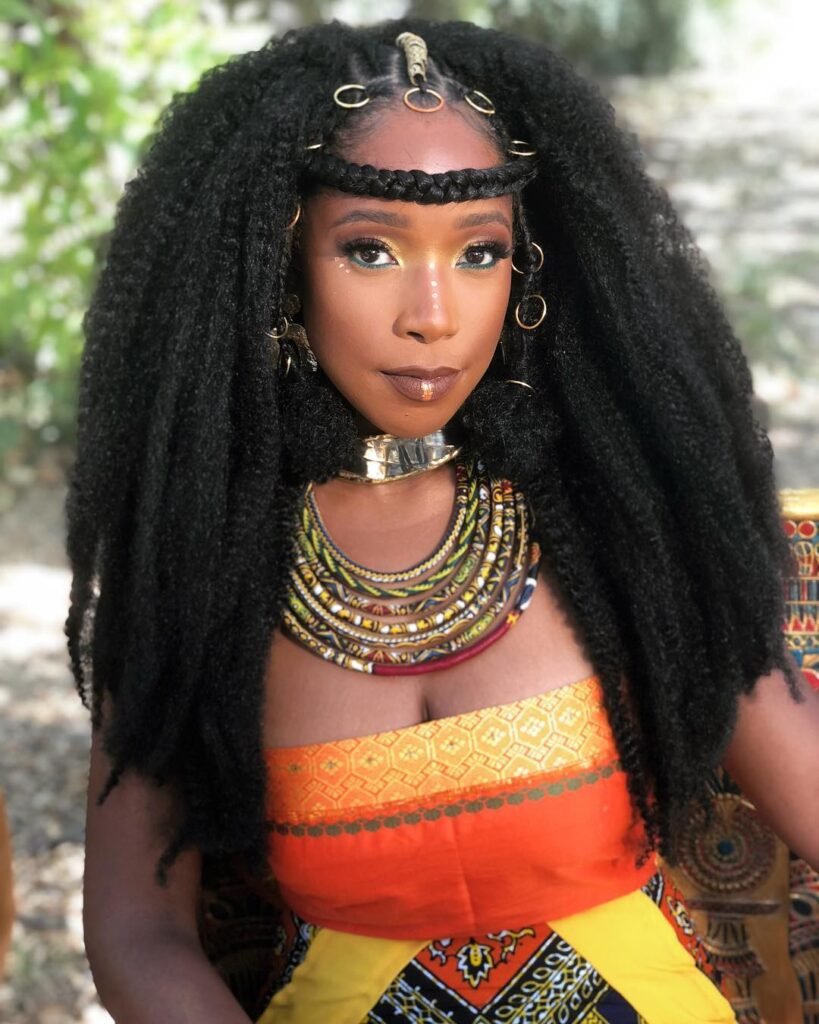
There’s an exhaustive list of braids, and some give an in-depth expression of what they culturally represent. Here’s a compilation of a few to look at.
1. The Fulani Braids
The Fulani Braids originated from the Fulani tribe, that’s how it got its name. The Fulanis are a large nomadic population and the braids are characterized by creating five long braids dropping at the sides or weaved accessorized with beads, cowries, and other unique hair pieces that signify either the family ancestral tradition or improve the braid aesthetics.
2. Cornrows
Cornrows have been linked to African ancestry and dated back specifically to Ethiopia, which asides from cornrows are notable for their Albaso and Shuruba braids. Cornrows which are multiple Dutch braids lying side by side are very much a sought-after style due to their quick installation process and gorgeous look! It can be used to identify age, marital status, and wealth for some African countries up until date! And, when accessorized it is a thing of beauty.
3. Box braids
When braids are mentioned, this is probably the first thing that comes to mind. Box braids are quite easily the greatest of all time and a great protective style, not to forget, low maintenance too! This is a classic, forever kind of braid!
The box braids all know and love today aren’t that different from the Eembuvi braids of Namibia or the chin-length bob braids of the women of the Nile Valley from over 3,000 years ago.
Box braids have had so much variation and upscaling with the arrival of boho braids– which has a characteristically bohemian appearance that gives an edgy, eccentric yet gorgeous look, goddess braids– which for sure leaves you feeling like one and the trendy knotless braids known for its scalpy and natural look has captured the heart of many black women swearing never to return to the traditional box braiding method. The parting styles also took the beauty top-notch!
4. Dreadlocks
Hair that has been braided or locked into rope-like strands is known as dreadlocks, locs, or dreads. In numerous nations and civilizations, locs were used as a means of expressing distinct religious views. In Africa, Maasai warriors are known for their long, fine red dreadlocks.
Children in Nigeria who have dreadlocks in their natural state are referred to as “dada” and are seen as special. The history of dreadlocks also goes back to ancient Greece.
Dreadlocks are another hairstyle that some Rastafarians wear because they view it as a biblical hairdo that the Nazarites wore as a symbol of their fidelity to God. Faux locs quickly emerged to give individuals what they desire without the commitment required for dreadlocks, which are dedicated and lifelong styling decisions. A range of faux loc hairstyles are also available, including soft locs, butterfly locks, and distressed locs.
There’s also the widespread assumption that washing dreadlocks are either impossible or extremely difficult. That is absolutely untrue! These simple steps will help you wash your dreads:
Step 1: Enter the shower and give the dreads a thorough soak.
Step 2: Directly apply shampoo to the scalp. A residue-clarifying shampoo is advised.
Step 3: Scrub your head well while moving the dreads around like a scrub brush. Notably, the dreads themselves do not require shampooing.
Step 4: Thoroughly rinse, then compress the dreads to remove any remaining water.
5. Ghana Braids
It is possible to trace the origin of Ghana braids, also known as banana braids or fishbone braids, to Africa. The first representations of Ghana braids are found in hieroglyphics and sculptures made in approximately 500 BC, demonstrating the importance of hair to Africans.
They have been an essential component of numerous Ghanaian ethnic, religious, social, and cultural traditions for millennia. The start and finish of Ghana braids are what set them apart from conventional cornrows. Each braid begins small, soft, and natural and grows thicker and fuller in the middle before tapering off at the ends.
Why do Africans Wear Braids?
Braids are firstly a protective hairstyle, one made to shield the natural hair. The Africans, have the tightest coiled pattern and thus, are very much prone to damage and breakage due to how ovally shaped the hair follicles are, the natural oils and sebum find traveling down the shaft a difficult process, it can be likened to climbing a mountain.
Thus, this four-hair group is immensely prone to dryness and hair breakage, needing lots of moisturization which involves needing to use an enormous amount of moisturizing hair care products, and having to adequately care for this hair type, which is where the protective style braids come in. It keeps the hair tucked away from the weather conditions, and excessive physical manipulation such as combing or brushing, over styling and constantly playing around with the hair.
Conclusion
For some ethnic groups, braids have a long history and are more than just a hairstyle; they can be seen as a means of self-expression or a way to identify oneself. Find out what it means to you; it is completely acceptable if it is just a hairstyle. It doesn’t also need to have a meaning.

